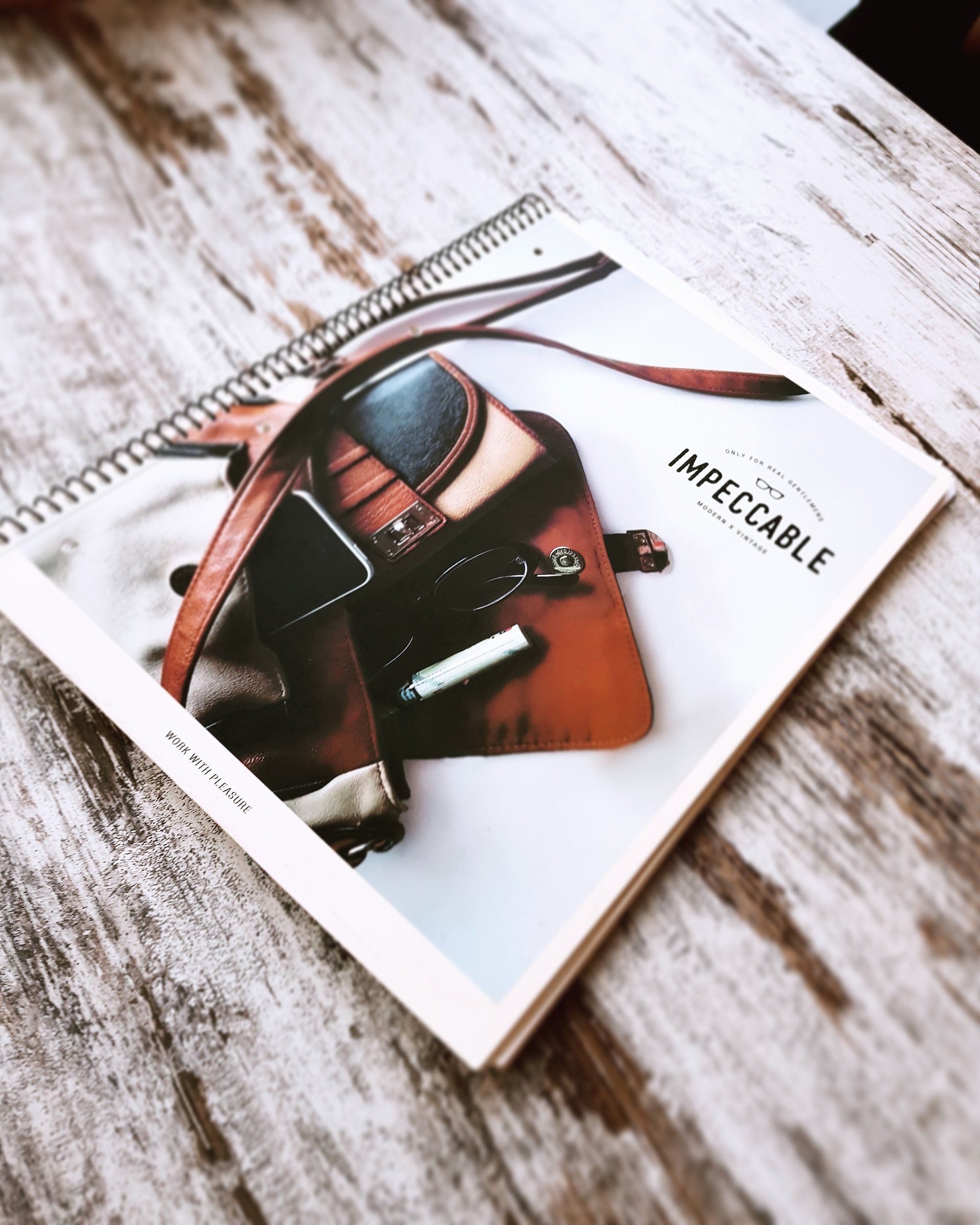Behind The Shells
Welcome to Behind the Shells, where the art of drum-making comes alive through premium woods, precise bearing edges, and custom finishes. Discover the craftsmanship behind every Free State Drum, built to deliver a sound as unique as you are.
Difference Between Types of Drum Shells
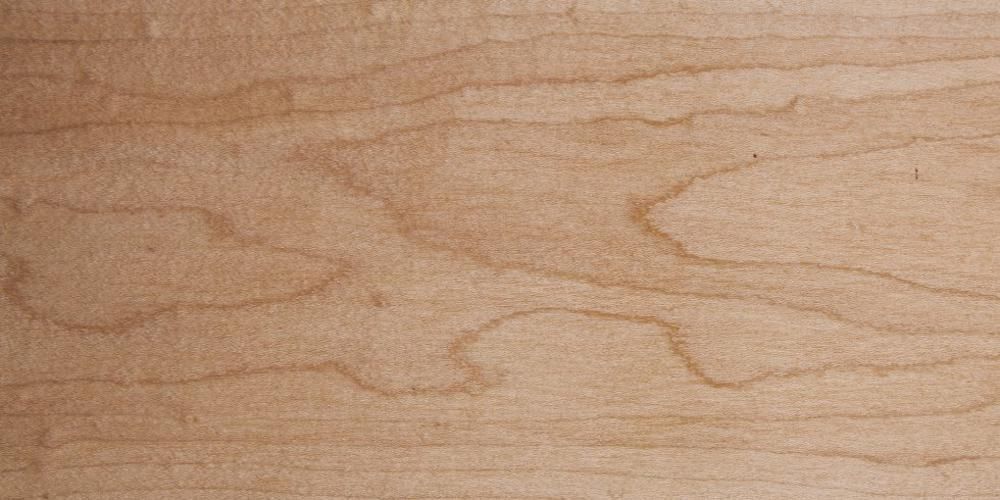
Maple, Ash, Birch
Hardwoods like Maple, Ash, and Birch are denser and produce brighter tones with a strong, focused projection. Maple offers balanced highs and warm lows, making it versatile, while Birch emphasizes punchy lows and focused mids, ideal for recording. Ash stands out with its crisp, loud tones, perfect for high-energy genres and live performances.
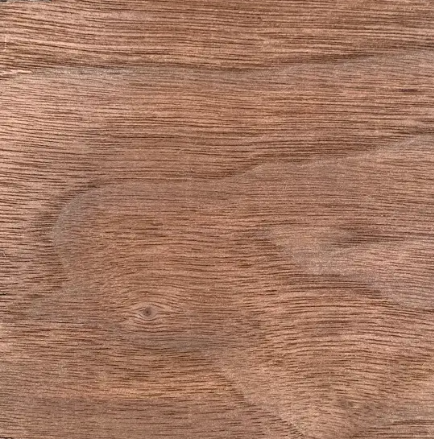
Cherry, Walnut, Mahogany
Softwoods such as Cherry, Walnut, and Mahogany provide warmer, more resonant tones with a smoother attack. Mahogany delivers deep, vintage warmth with pronounced low frequencies, while Walnut adds dark, smooth tones with balanced mids. Cherry offers a punchy yet resonant character, excellent for expressive playing and intimate settings.

Steel, Aluminum, Brass
Metal shells, such as those made from aluminum, brass, or steel, are known for their bright, cutting tones and excellent projection. Brass provides a balanced tone with warm mids and a crisp attack, while aluminum offers a dry, articulate sound with a softer edge. Steel, on the other hand, delivers sharp, powerful tones with a strong, focused presence, making it ideal for high-energy performances and loud environments.
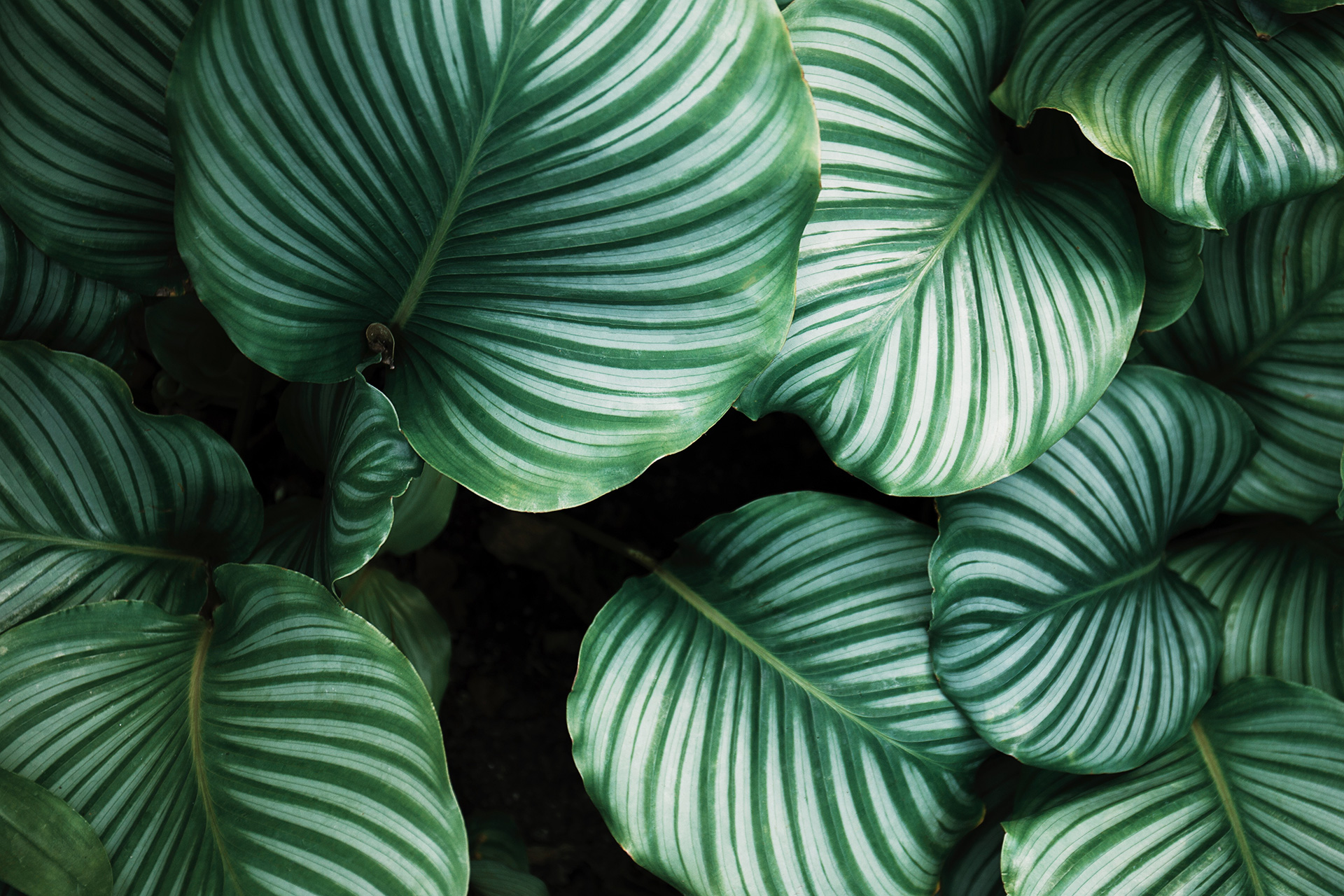
Combination of 2 types of Material
Hybrid shells combine wood and metal or multiple wood types to achieve a unique balance of tone, projection, and warmth. For example, a maple and walnut hybrid blends maple's bright attack with walnut’s deep, resonant lows for a versatile tonal range. These shells are highly customizable, offering drummers a mix of characteristics suited to their specific playing style or genre.
Our Proud Partners





Does Size Matter?
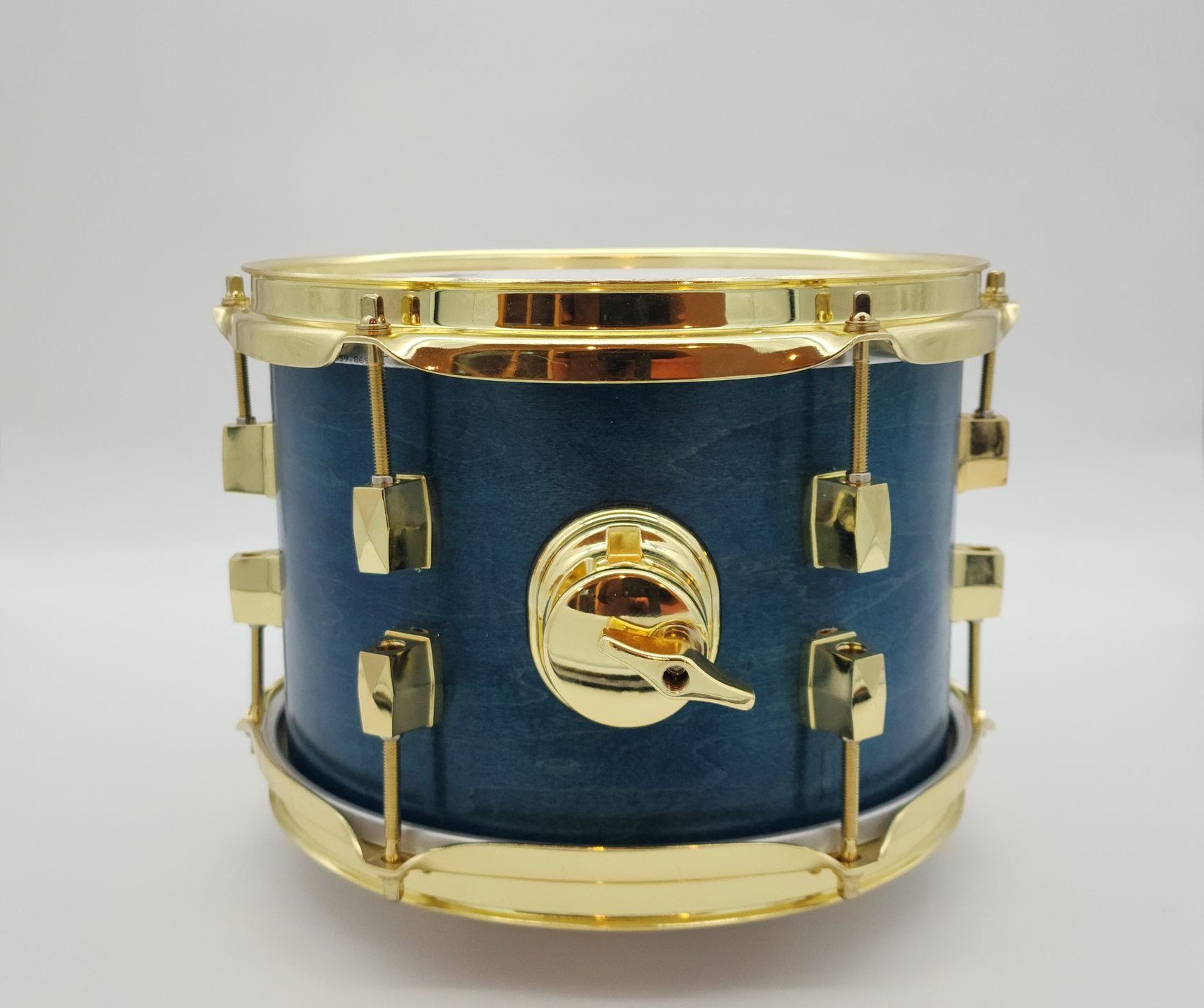
8"-12"
The hi tom is the smallest tom-tom drum, producing bright, high-pitched tones that add sharp accents and quick melodic runs. Typically positioned above the bass drum, it provides a lively, responsive voice in the drum kit.
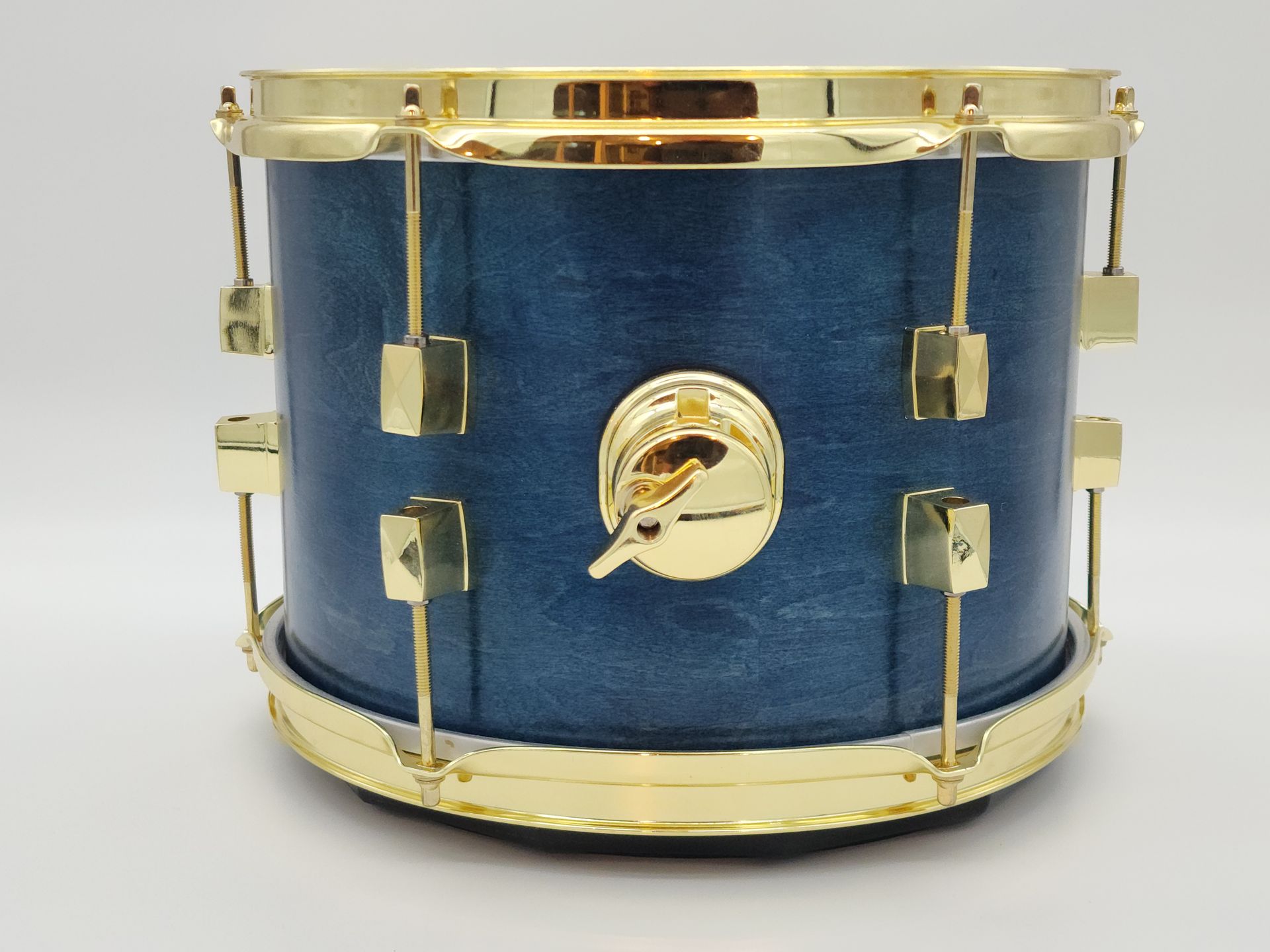
13"-14"
The mid tom delivers a balanced tone, sitting between the hi and low toms in pitch, making it perfect for transitions and rhythmic fills. Its versatile sound blends seamlessly into both melodic and percussive elements of a performance.
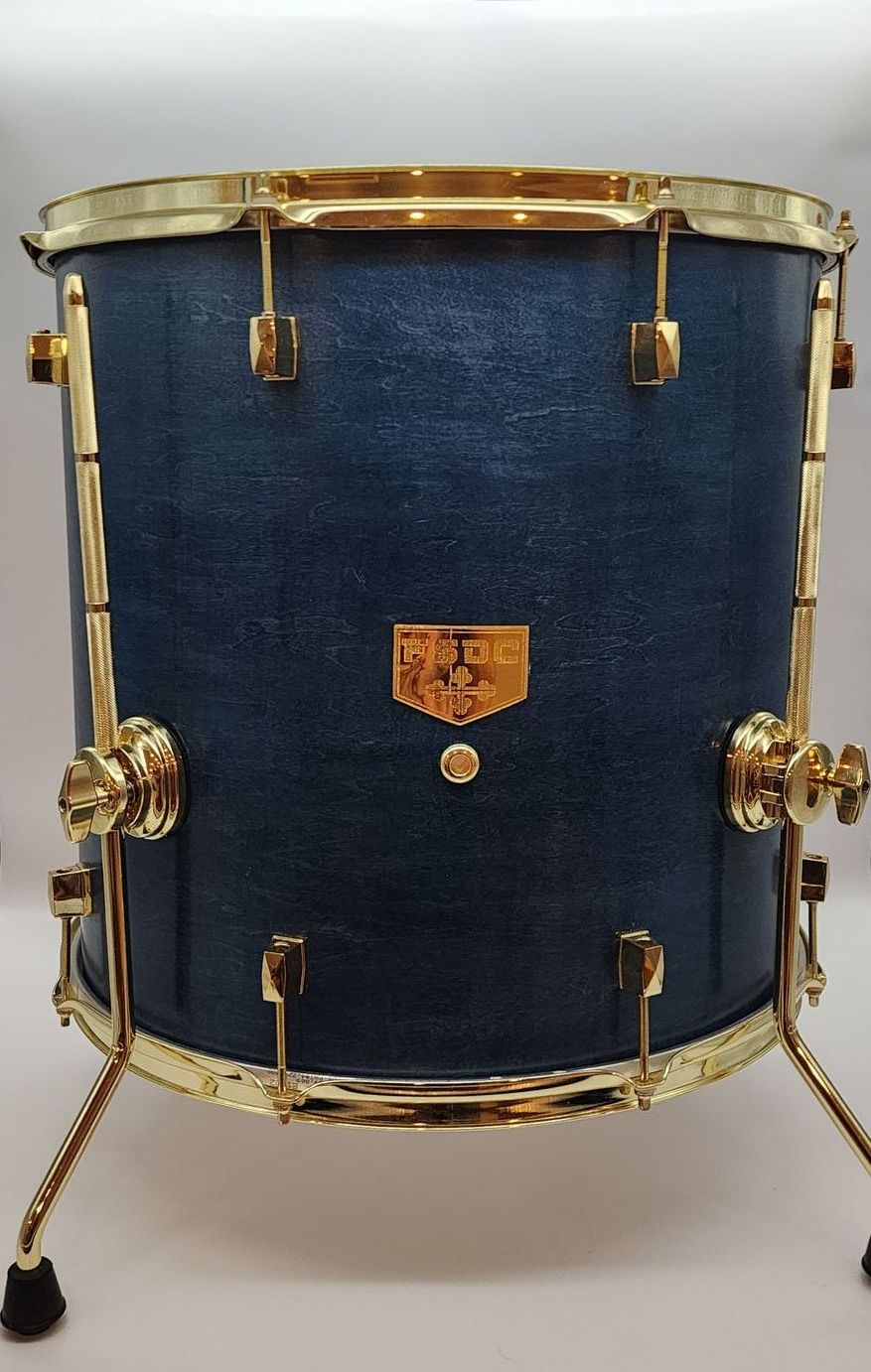
15"-18"
The low tom, or floor tom, produces deep, resonant tones with a powerful low-end presence. Positioned to the drummer's side, it anchors fills and adds dramatic impact to the drum kit’s sound.
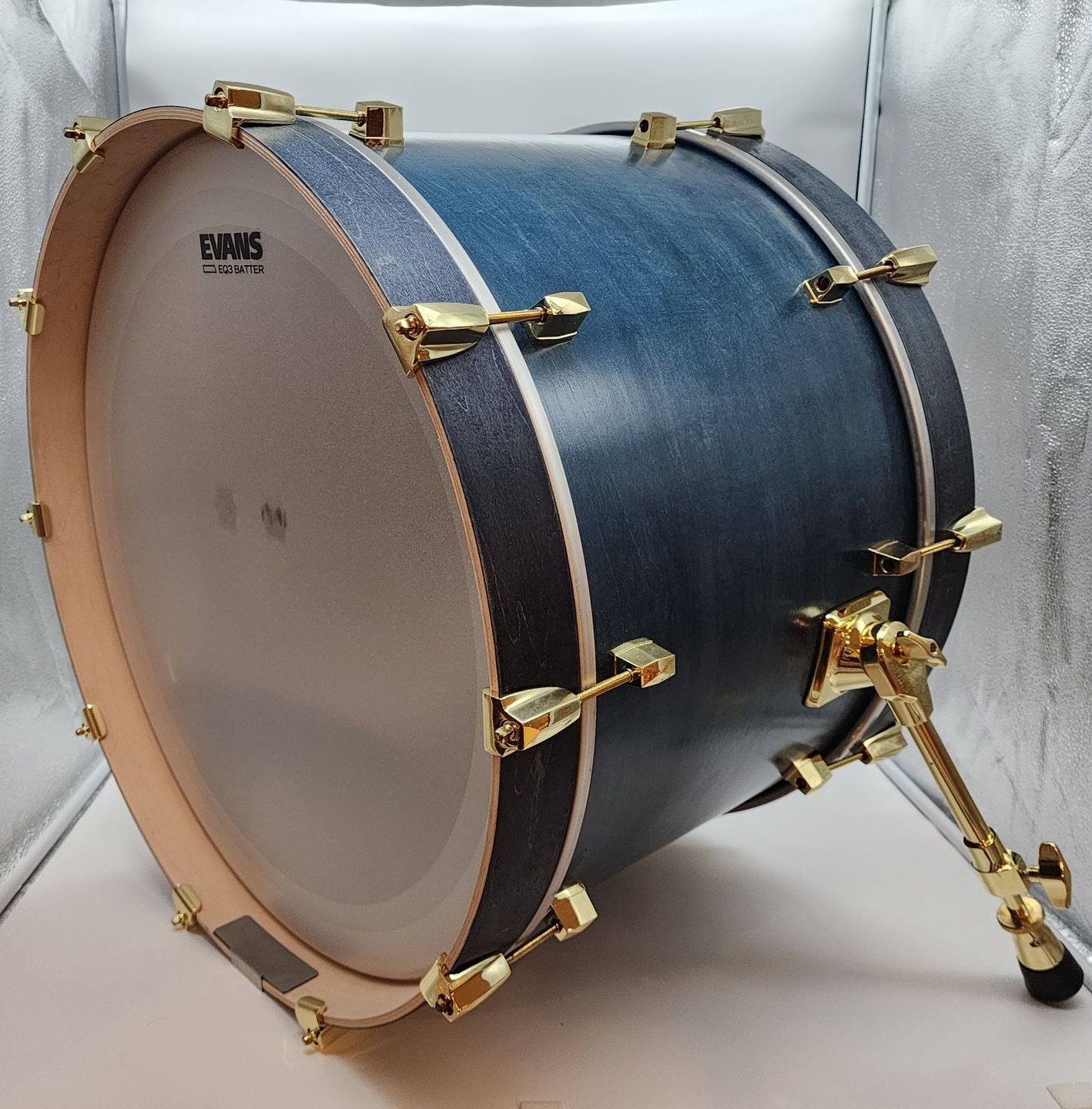
18"-26"
The bass drum is the largest drum in the kit, creating deep, booming tones that form the rhythmic foundation of most genres. Played with a foot pedal, it drives the beat and adds power to the music.
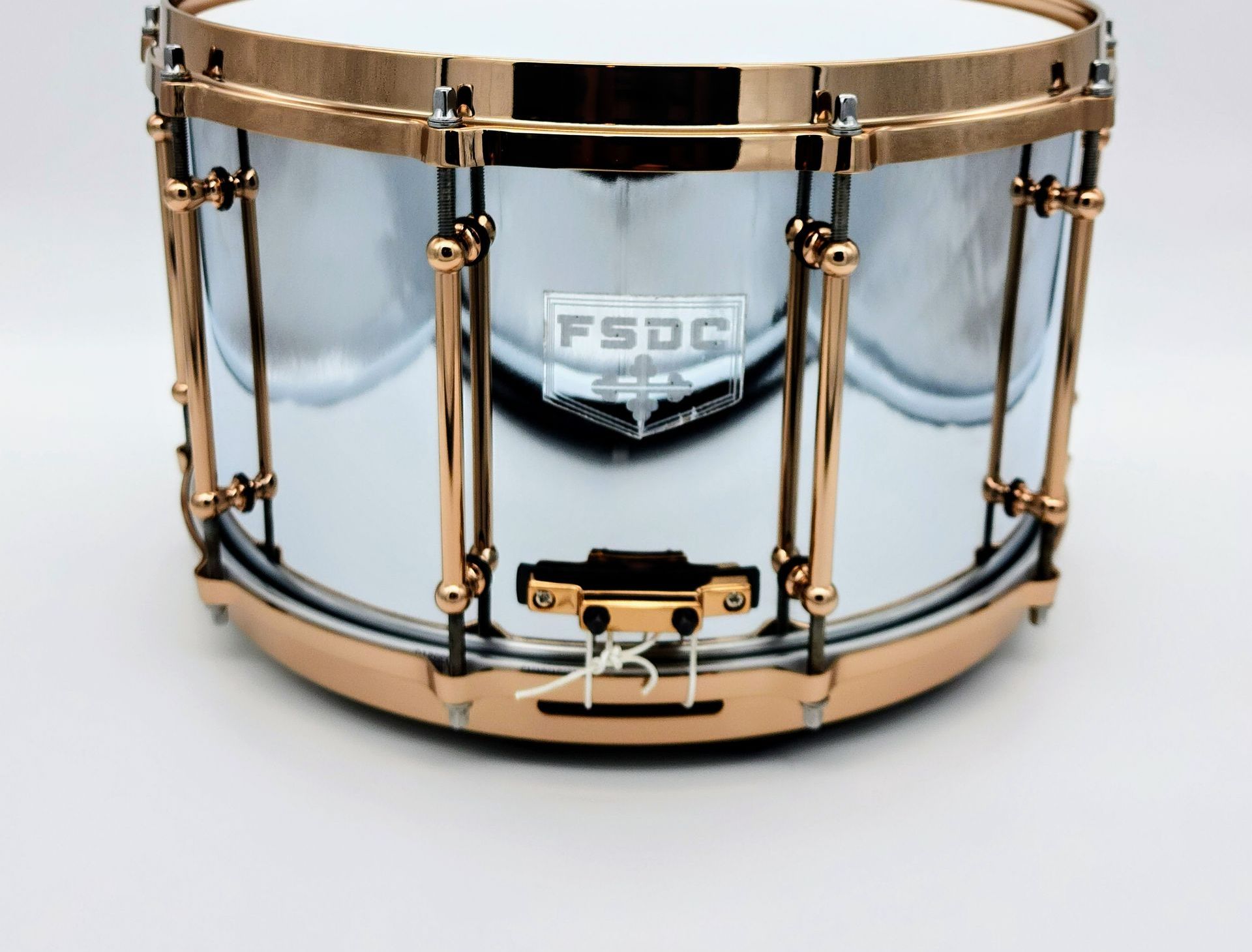
12"-13"-14"-15"-16"
The snare drum is the centerpiece of the drum kit, known for its crisp, sharp sound created by the tensioned snares underneath the drumhead. It provides rhythmic backbone and accents, making it essential for dynamic grooves and fills.
The Importance of Bearing Edges
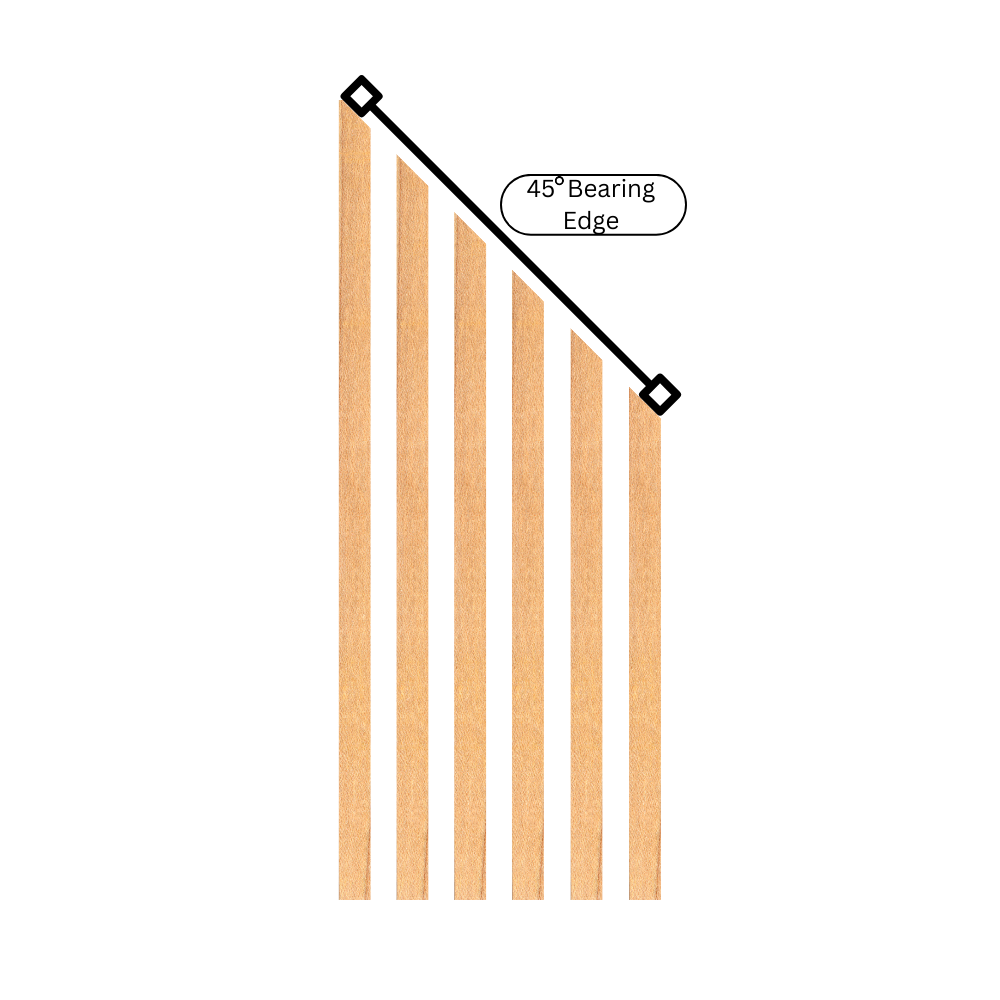
A precise angle cut at 45 degrees on the inner part of the shell, with a sharp contact point where the drumhead rests.
Produces a bright, cutting tone with enhanced attack and resonance.
Common in modern drum kits, ideal for rock, pop, and genres requiring clear articulation and projection.
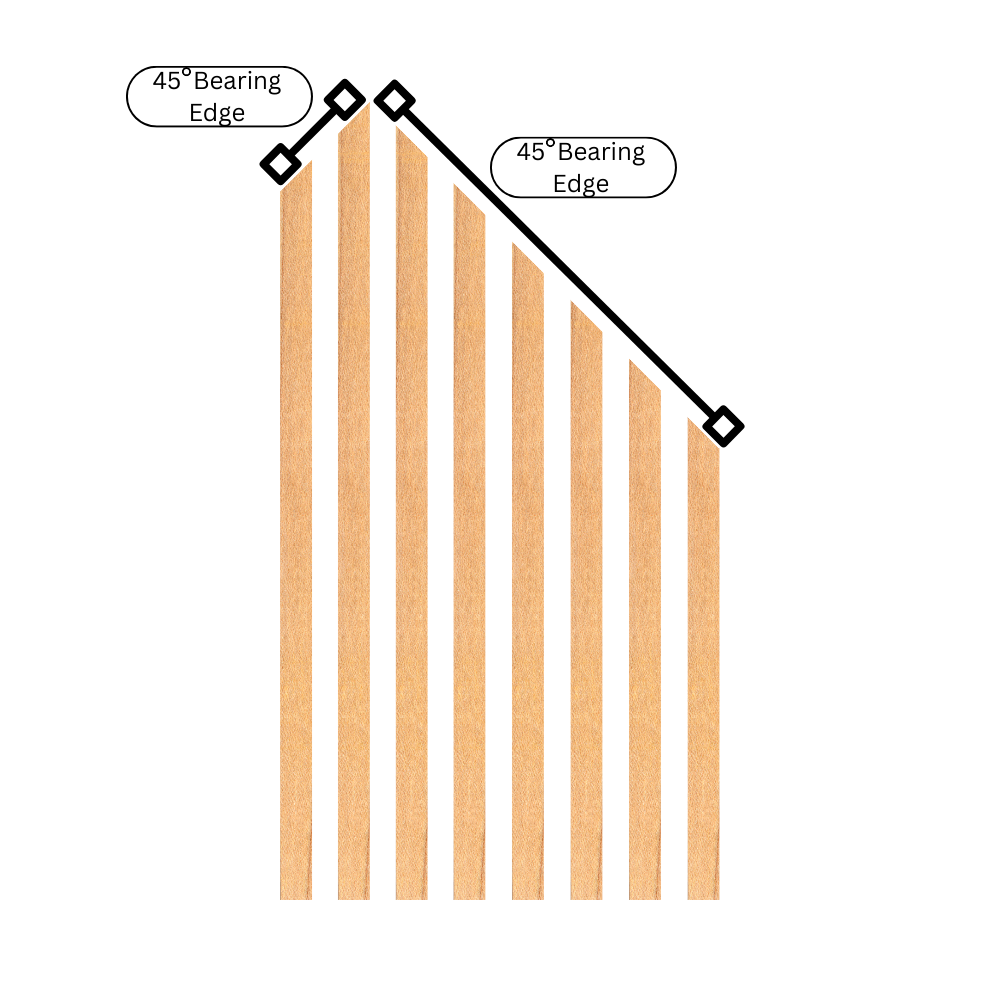
Features a 45-degree angle on both the inner and outer sides of the shell, creating a more balanced contact point.
Balances the brightness of the 45-degree edge with slightly more warmth and low-end response.
Versatile edge suitable for both live performances and studio recording, offering a balanced tonal profile.
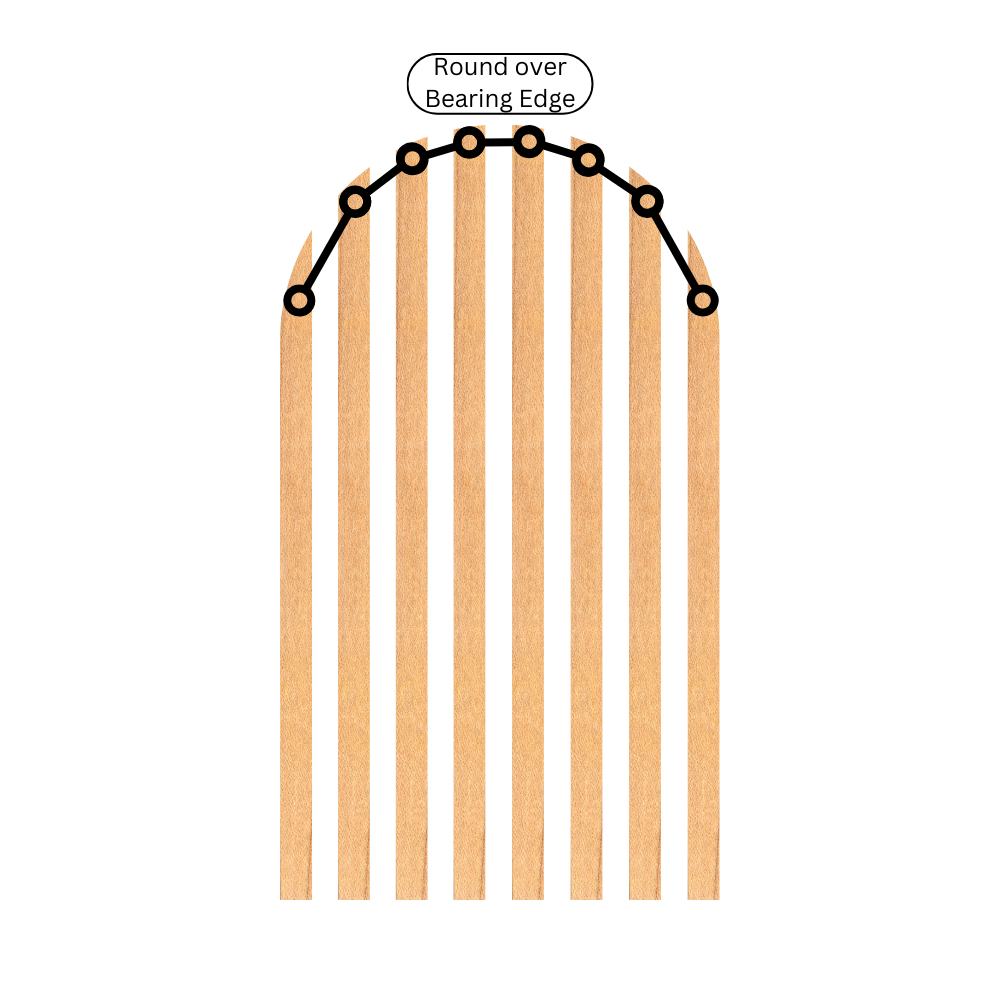
A rounded edge that maximizes shell-to-head contact, softening the attack and focusing on body and warmth.
Produces smooth, warm tones with a more natural and full-bodied resonance.
Commonly used for bass drums and floor toms, ideal for classic rock, blues, and mellow acoustic settings.
Combines different edge types, such as a 45-degree inner cut for brightness and a rounded outer edge for warmth.
Offers a unique blend of sharp attack and warm resonance, catering to a wide tonal range.
Designed for drummers seeking versatility, ideal for multi-genre performances or custom sound preferences.
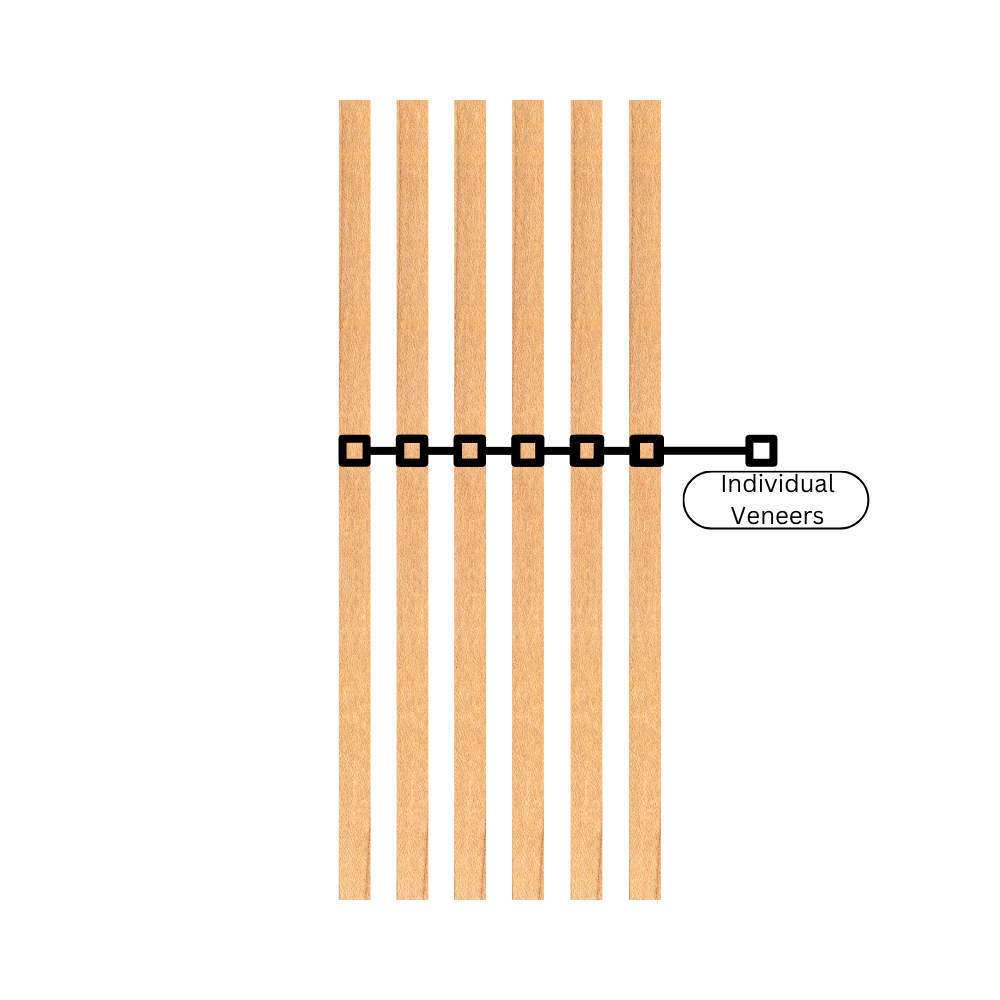
A flat edge with significant contact area, offering maximum head-shell interaction.
Focused, controlled tones with reduced overtones and shorter sustain.
Rarely used but effective in applications requiring specific tonal control, like orchestral or experimental setups.
Put a Ring on it?
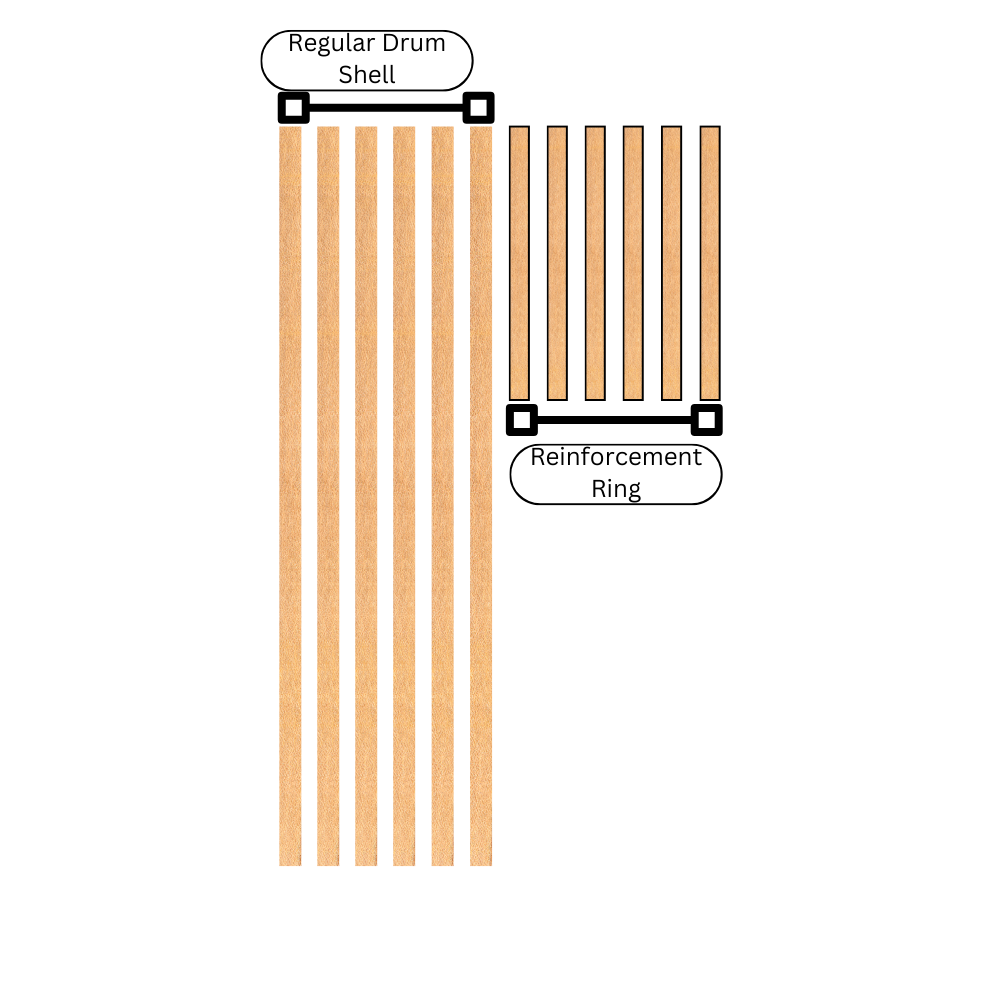
Reinforcement rings enhance the structural integrity of drum shells, preventing warping and maintaining consistent tuning over time. They contribute to a focused, controlled tone by reducing sustain and emphasizing warm low and mid frequencies, making them ideal for vintage-style sounds. Additionally, they allow for thinner shells, improving resonance and tonal complexity without sacrificing durability.
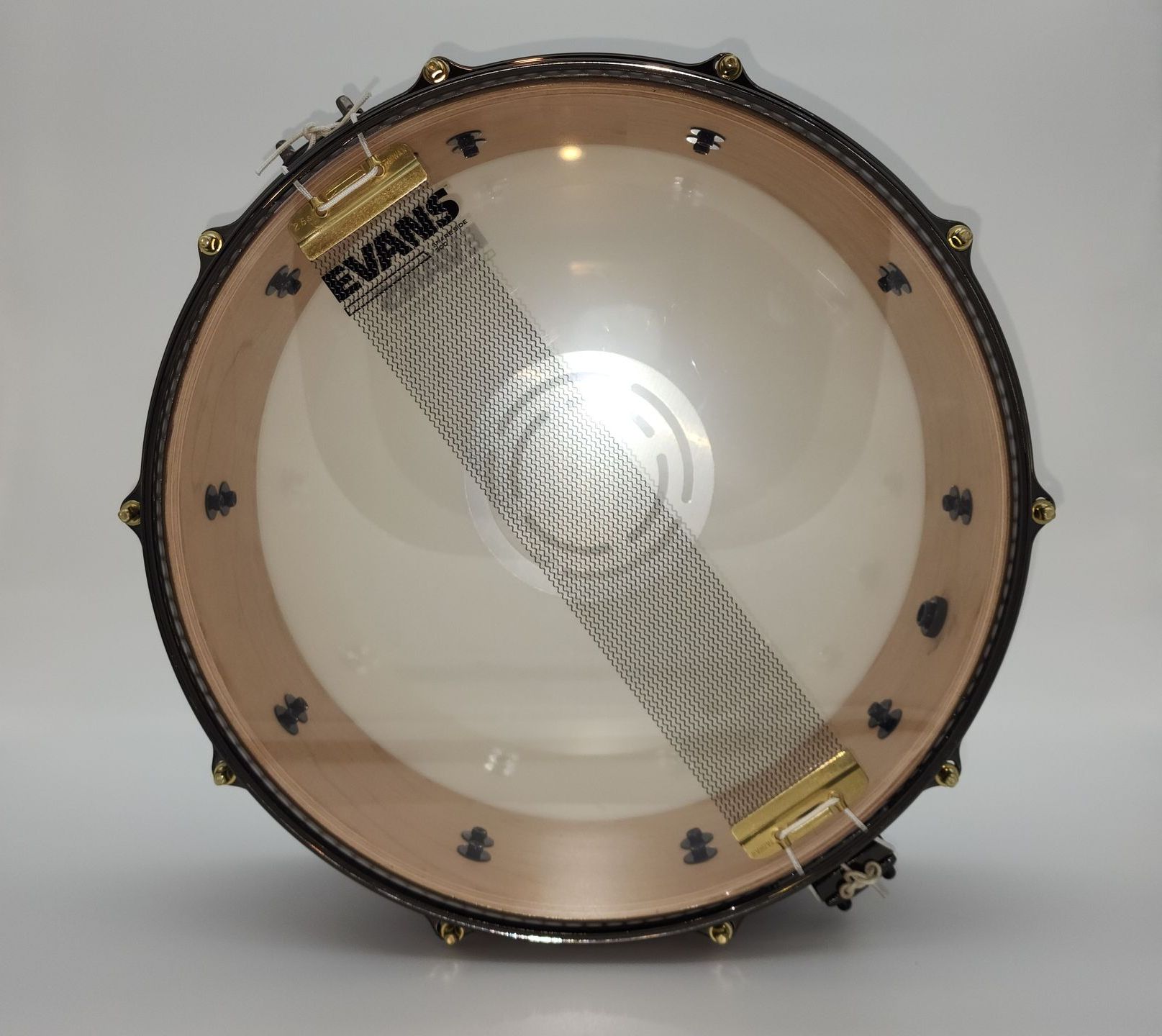
While reinforcement rings offer tonal benefits, they can slightly limit the drum’s resonance compared to shells without rings, which may produce a more open, modern sound. Their presence also adds weight to the drum, which might be a concern for drummers prioritizing portability. Finally, the controlled sustain may not suit genres or players who prefer long, ringing tones.
Hardware & Heads

Tube & Die Cast
Tube Lugs: Sleek and minimal, tube lugs ensure even tension for consistent tuning while providing a modern, streamlined look. Their lightweight design enhances shell resonance for a balanced tone.
Bridge Lugs: (a.k.a. Die Cast Lugs)A timeless classic, bridge lugs minimize shell contact to maximize resonance and tonal purity. Perfect for drummers seeking both style and functionality.
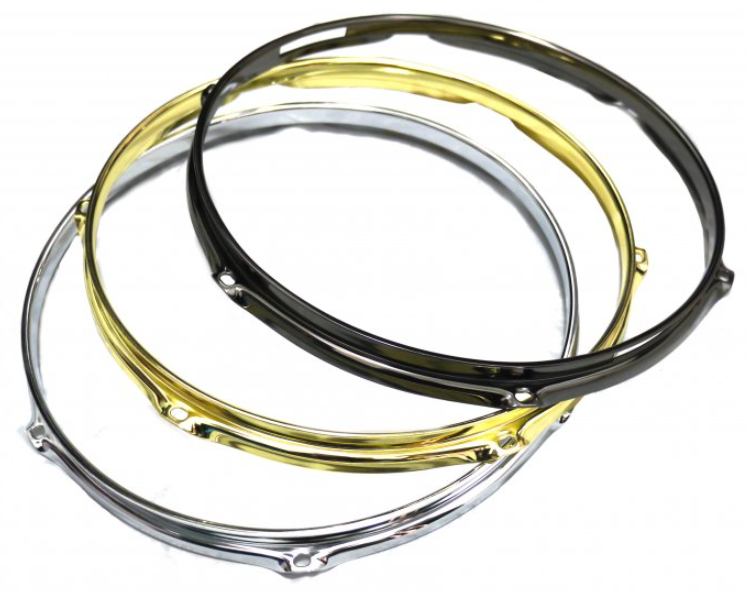
Die Cast & Triple Flanged
Die-Cast Hoops: Built for strength and stability, die-cast hoops deliver focused, controlled tones with minimal overtones. Ideal for precise, professional sound across all genres.
Triple-Flanged Hoops: Lightweight and versatile, triple-flanged hoops offer a balance of resonance and control, providing an open tone with enhanced sustain for dynamic performances.

Coated, Clear, Specialty
Coated Heads: Known for their warm, focused tone, coated drum heads are perfect for styles requiring a softer attack and more controlled resonance, such as jazz and studio recordings.
Clear Heads: Clear drum heads produce a brighter, more open tone with greater attack and sustain, making them ideal for rock, pop, and live performances.
Specialty Heads: Offering unique textures and sound profiles, specialty drum heads are designed for drummers seeking custom tones tailored to their individual style and genre.
Why we hate Wraps on Drums
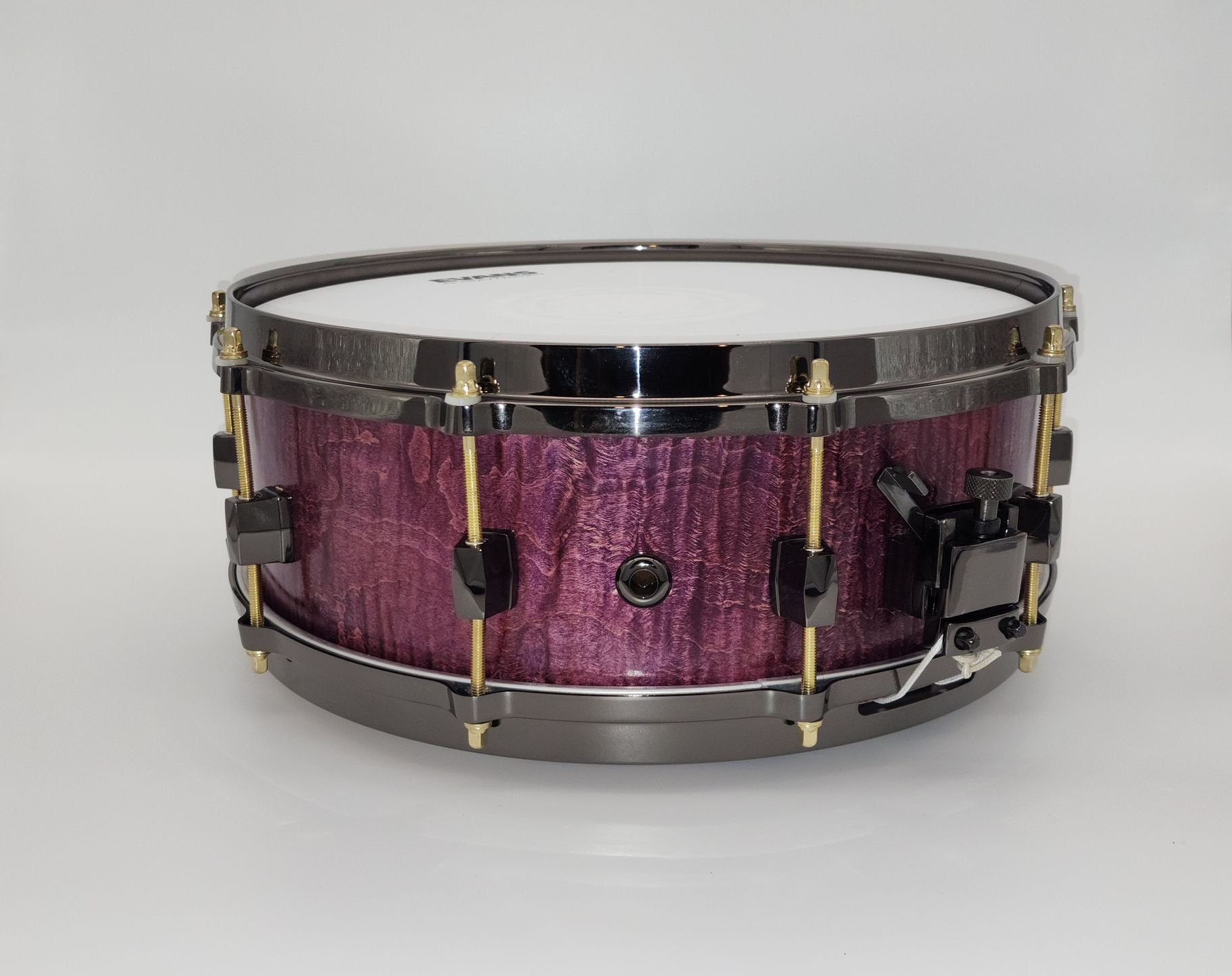
Why Wrapping Falls Short
Drum wraps often involve non-recyclable plastics, adding to environmental waste. By choosing natural finishes, we not only produce superior drums but also take a step toward more sustainable practices.
Drum wraps, typically made from synthetic materials like plastic, create a barrier that can dampen the natural resonance of the drum shell. This interference limits the drum's ability to vibrate freely, reducing its tonal depth and projection.
Durability Concerns
Over time, wraps can peel, bubble, or crack, especially in varying temperatures and humidity. This not only affects the drum's appearance but can also impact its structural integrity.
Aesthetic Limitations
While wraps offer flashy designs, they lack the depth and character of a natural wood finish. A genuine wood grain, with its unique patterns, tells a story no wrap can replicate.

Why Wraps Stand Out
...

